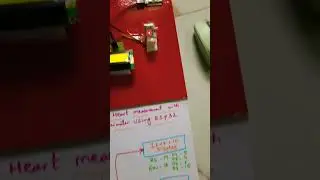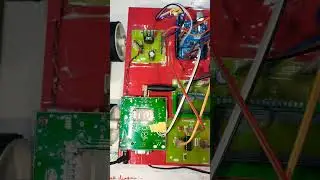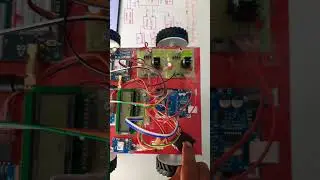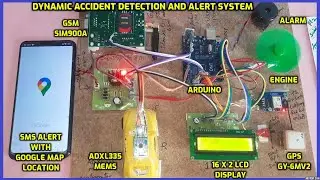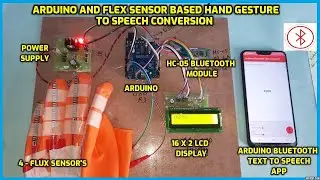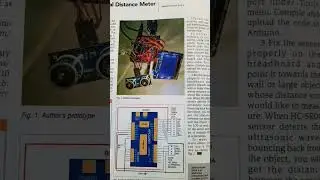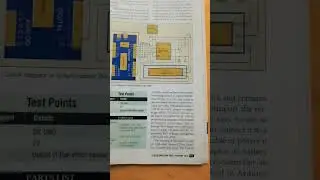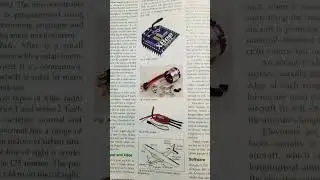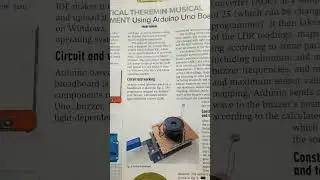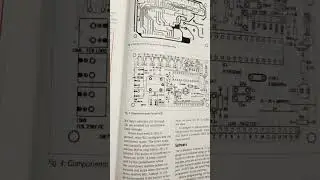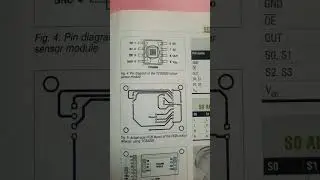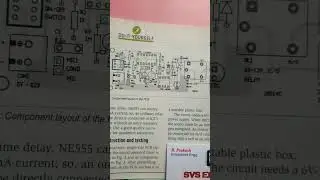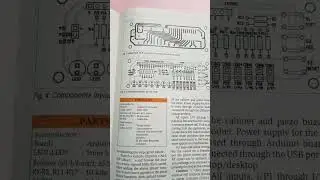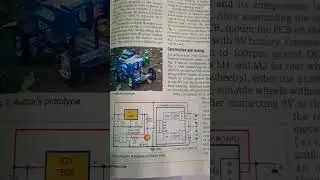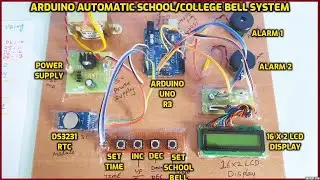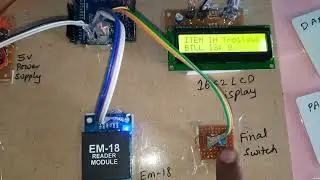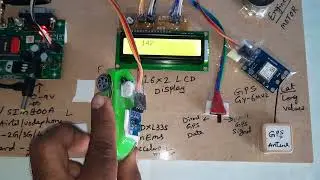Obstacle Avoiding Robot | Do -it yourself |school science fair project
An obstacle-avoiding robot is a type of autonomous or semi-autonomous robot designed to navigate its environment while avoiding obstacles in its path. These robots use various sensors and control mechanisms to detect obstacles and change their course to avoid collisions. Obstacle avoidance is a fundamental capability for robots to safely navigate complex environments and complete tasks efficiently.
Here's a basic overview of how an obstacle-avoiding robot typically works:
1. Chassis and Mobility: The robot is equipped with a chassis that houses its mechanical components, motors, and wheels or tracks to facilitate movement. The type of chassis and mobility system used depends on the application and terrain the robot will navigate.
2. Sensors: The robot is equipped with various sensors to perceive its surroundings and detect obstacles. Common sensors used for obstacle avoidance include:
• Ultrasonic Sensors: These sensors emit ultrasonic waves and measure the time it takes for the waves to bounce back after hitting an object. By analyzing the time delay, the robot can calculate the distance to the obstacle.
• Infrared (IR) Sensors: IR sensors detect the presence of objects by emitting infrared radiation and measuring the reflection. They are effective for detecting nearby obstacles.
• Lidar (Light Detection and Ranging): Lidar sensors use laser beams to create a detailed 3D map of the robot's environment. They are more advanced and provide precise distance and location information for obstacles.
• Camera: Some advanced robots use computer vision techniques with cameras to identify obstacles based on image processing.
3. Control System: The robot's control system processes the data from the sensors and makes decisions about its movements. It determines whether there are obstacles in the robot's path and calculates new paths to avoid collisions.
4. Obstacle Avoidance Algorithm: The obstacle avoidance algorithm is a crucial part of the robot's software. It takes input from the sensors and uses it to devise a safe path for the robot. There are various approaches to obstacle avoidance, ranging from simple reactive behaviors to more sophisticated path planning algorithms.
• Reactive Behaviors: In reactive approaches, the robot responds directly to the immediate sensor inputs. For example, if an obstacle is detected on the left side, the robot will turn to the right to avoid it. These methods are quick and suitable for real-time responses but may not always find the optimal path.
• Path Planning Algorithms: More advanced robots may use path planning algorithms like Dijkstra's algorithm or A* algorithm to find the optimal route while avoiding obstacles. These algorithms consider the overall environment and goal location to determine the best path for the robot to follow.
5. Actuators: The actuators control the robot's movements based on the decisions made by the control system. They activate the motors or wheels to make the robot turn, move forward, or backward, depending on the obstacle avoidance strategy.
6. Feedback Loop: The robot continuously monitors its surroundings through the sensors and adjusts its path in real-time. This feedback loop ensures that the robot can adapt to changes in the environment dynamically.
Overall, obstacle-avoiding robots can be found in various applications, such as indoor cleaning robots, warehouse robots, autonomous vehicles, and even in research and educational projects. The complexity of the robot's design and algorithms will vary based on the intended use case and the level of autonomy required.
***********************************************************
If You Want To Purchase the Full Working Project KIT
Mail Us: [email protected]
Title Name Along With You-Tube Video Link
We are Located at Telangana, Hyderabad, Boduppal.
Project Changes also Made according to Student Requirements
http://svsembedded.com/ https://www.svskits.in/
http://svsembedded.in/ http://www.svskit.com/
M1: +91 9491535690 M2: +91 7842358459
We Will Send Working Model Project KIT through DTDC / DHL / Blue Dart / First Flight Courier Service
We Will Provide Project Soft Data through Google Drive
1. Project Abstract / Synopsis
2. Project Related Datasheets of Each Component
3. Project Sample Report / Documentation
4. Project Kit Circuit / Schematic Diagram
5. Project Kit Working Software Code
6. Project Related Software Compilers
7. Project Related Sample PPT’s
8. Project Kit Photos
9. Project Kit Working Video links
***********************************************************








